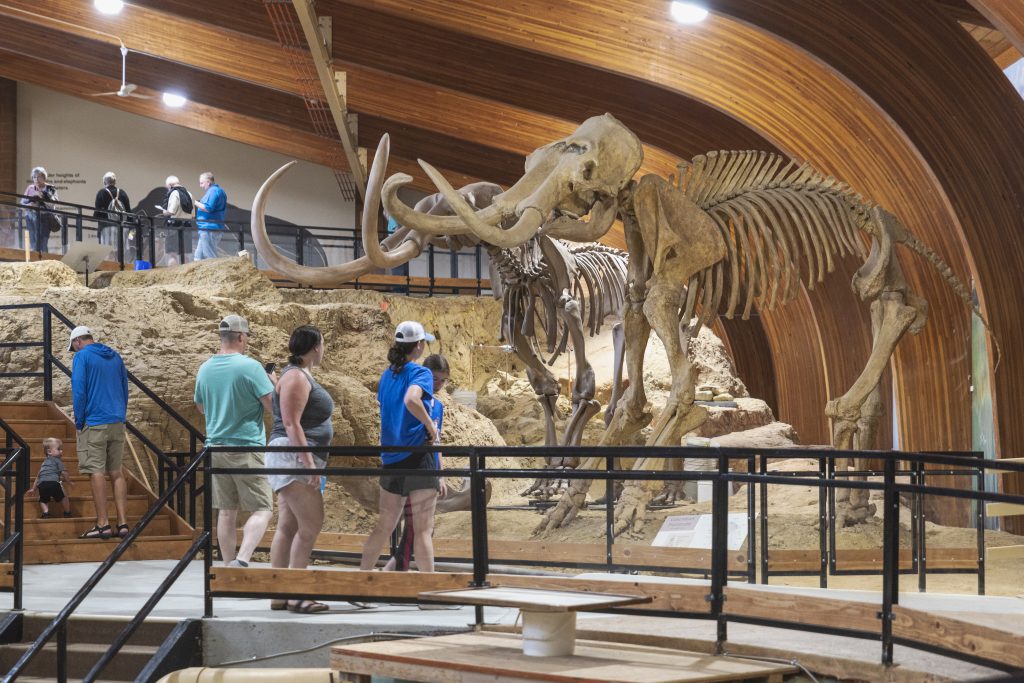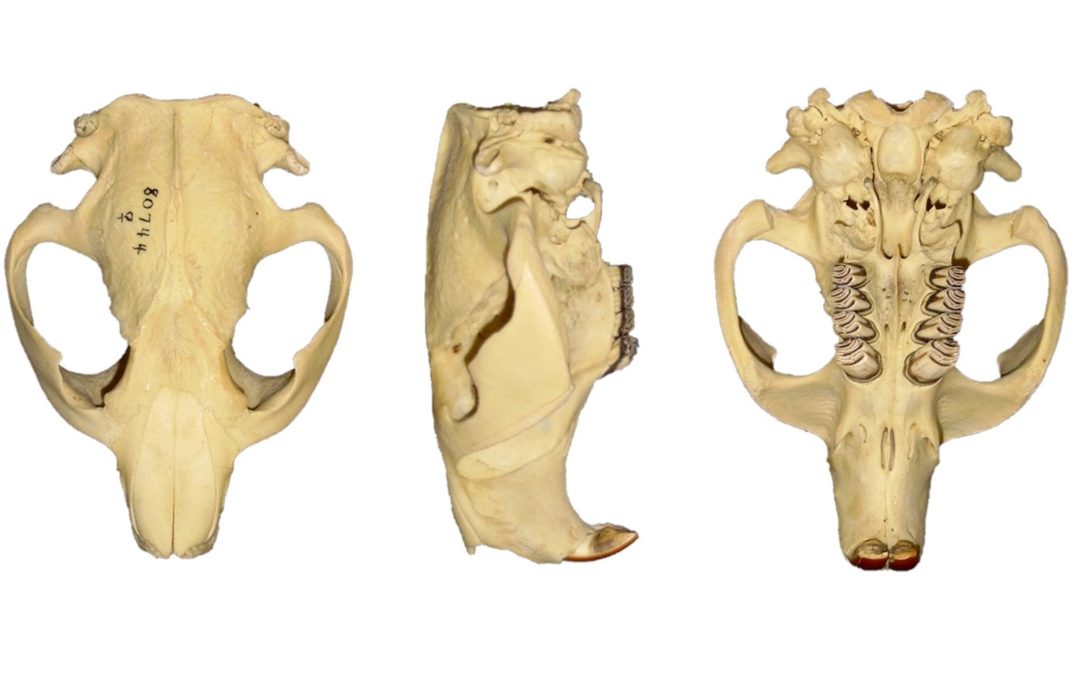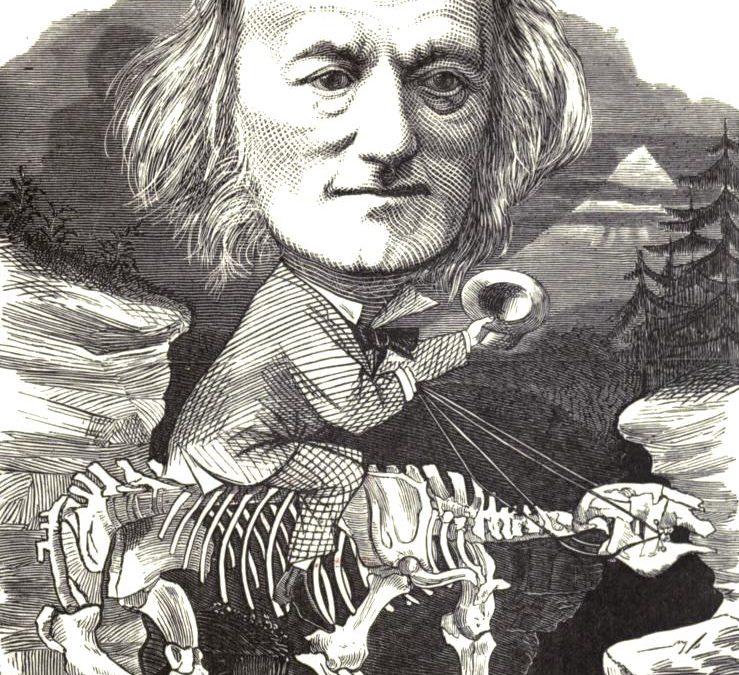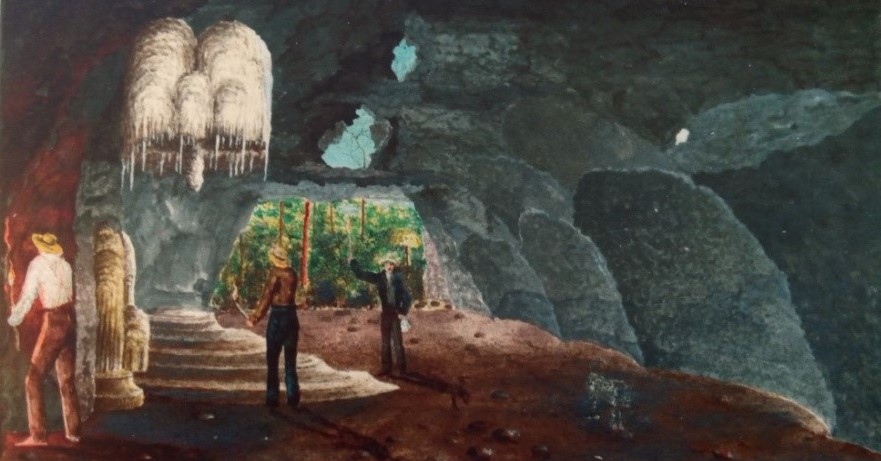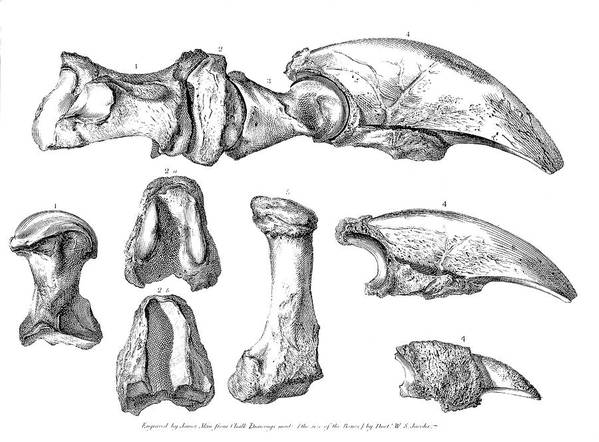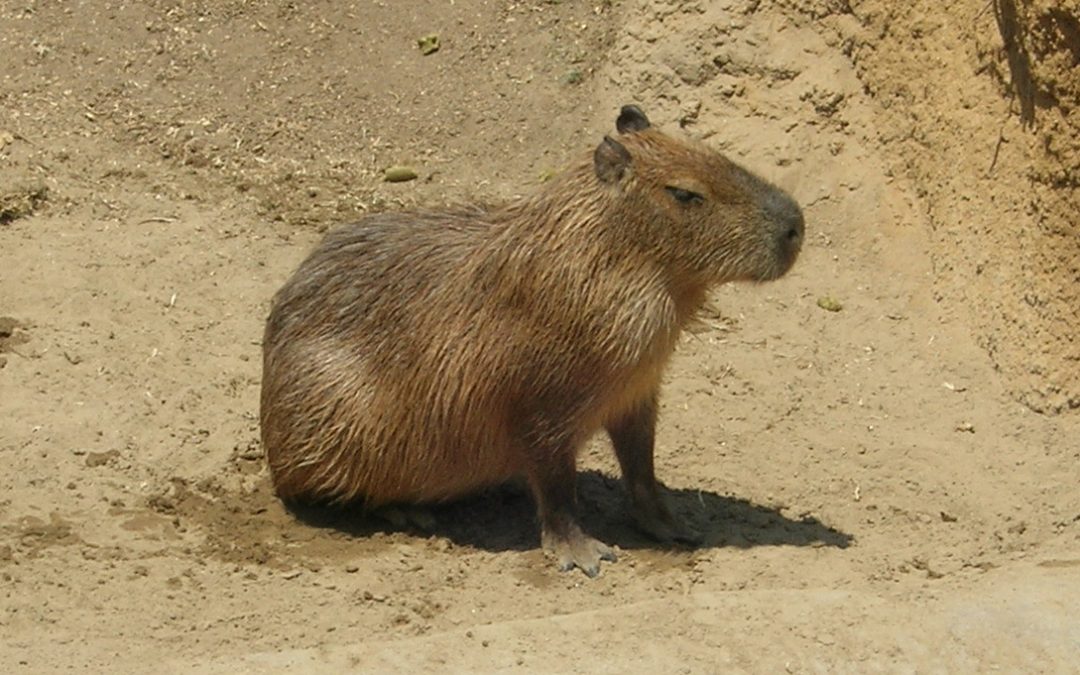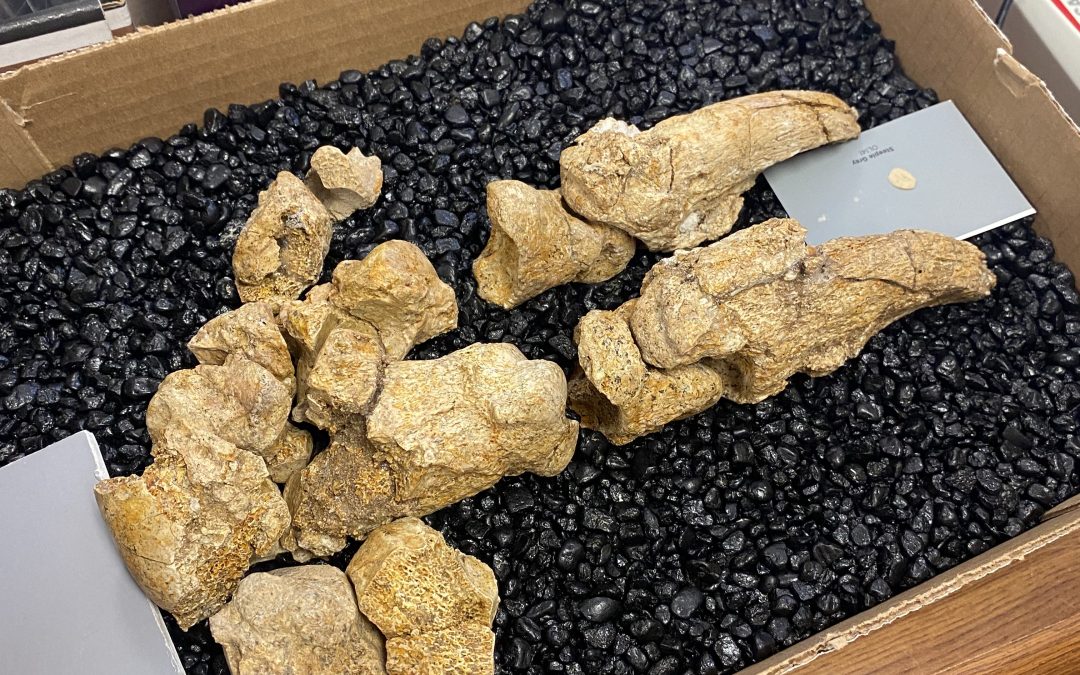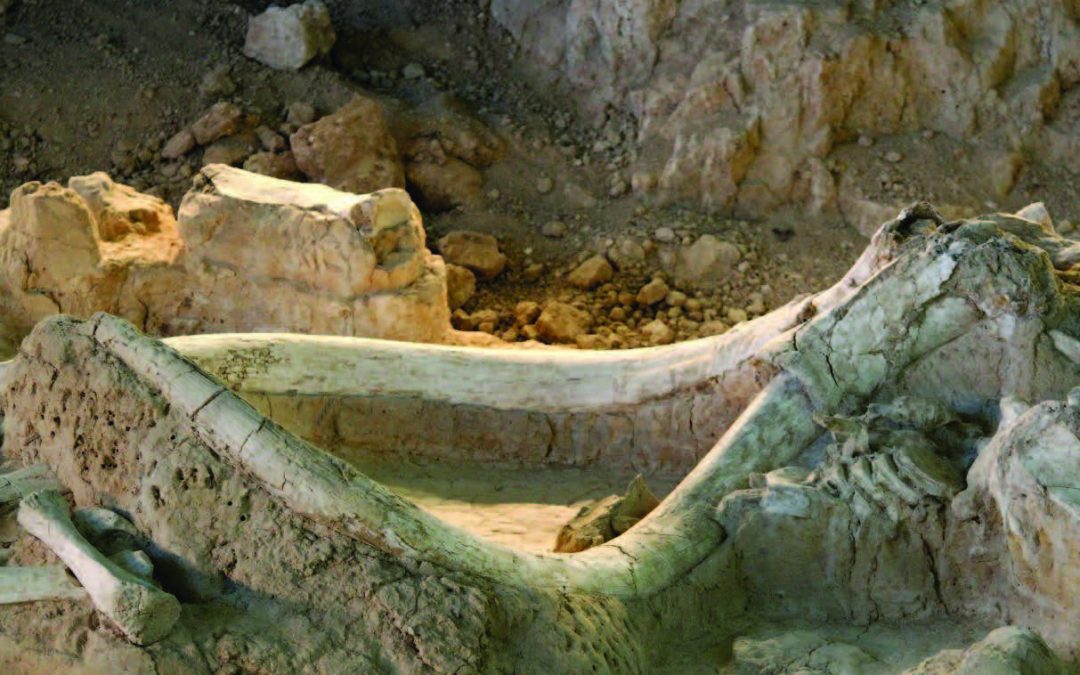For Immediate Release
Release Date: July 14, 2023
Contact: Claire Scarborough, news@mammothsite.org, 605-745-6017
Mammoth Site Receives Highest National Recognition, Awarded Re-Accreditation from the American Alliance of Museums
HOT SPRINGS, S.D. – The Mammoth Site of Hot Springs, SD has again achieved accreditation by the American Alliance of Museums, the highest national recognition afforded to the nation’s museums. Accreditation signifies excellence to the museum community, governments, funders, outside agencies and the museum-going public. The Mammoth Site was initially accredited in 2013. All museums must undergo a re-accreditation review every 10 years to maintain accredited status.
Alliance Accreditation brings national recognition to a museum for its commitment to excellence, accountability, high professional standards and continued institutional improvement. Developed and sustained by museum professionals for 50 years, the Alliance’s museum accreditation program is the field’s primary vehicle for quality assurance, self-regulation and public accountability. It strengthens the museum profession by promoting practices that enable leaders to make informed decisions, allocate resources wisely, and remain financially and ethically accountable in order to provide the best possible service to the public.
Mammoth Site Board President John Pence said, “Being re-accredited by the American Alliance of Museums is truly an honor for The Mammoth Site; this re-accreditation shows the dedication of The Mammoth Site’s staff and Board of Directors in utilizing museum best standards practices and will allow us to continue to grow as a world-class museum. We are proud to be a part of this very exclusive group of museums in the country that maintain this honor.”
Of the nation’s estimated 33,000 museums, only 1,100 are currently accredited. The Mammoth Site is one of only four accredited museums in South Dakota.
Accreditation is a very rigorous process that examines all aspects of a museum’s operations. To earn accreditation a museum first must conduct a year of self-study, and then undergo a site visit by a team of peer reviewers. AAM’s Accreditation Commission, an independent and autonomous body of museum professionals, considers the self-study and visiting committee report to determine whether a museum should receive accreditation.
“Accredited museums are a community of institutions that have chosen to hold themselves publicly accountable to excellence,” said Laura L. Lott, Alliance President and CEO. “Accreditation is clearly a significant achievement, of which both the institutions and the communities they serve can be extremely proud.”
The Mammoth Site is a 501(c)(3) nonprofit organization dedicated to the mission of preservation, research, and interpretation of the late Ice Age record found at the site in Hot Springs, South Dakota. The world’s largest mammoth research facility and one of the top fossil interpretive sites in North America, 60 mammoths (58 Columbian, 3 woolly) have been unearthed, along with at least 87 other Late Ice Age animals.
For more information, contact Claire Scarborough at news@mammothsite.org or by calling 605-745-6017.
###
